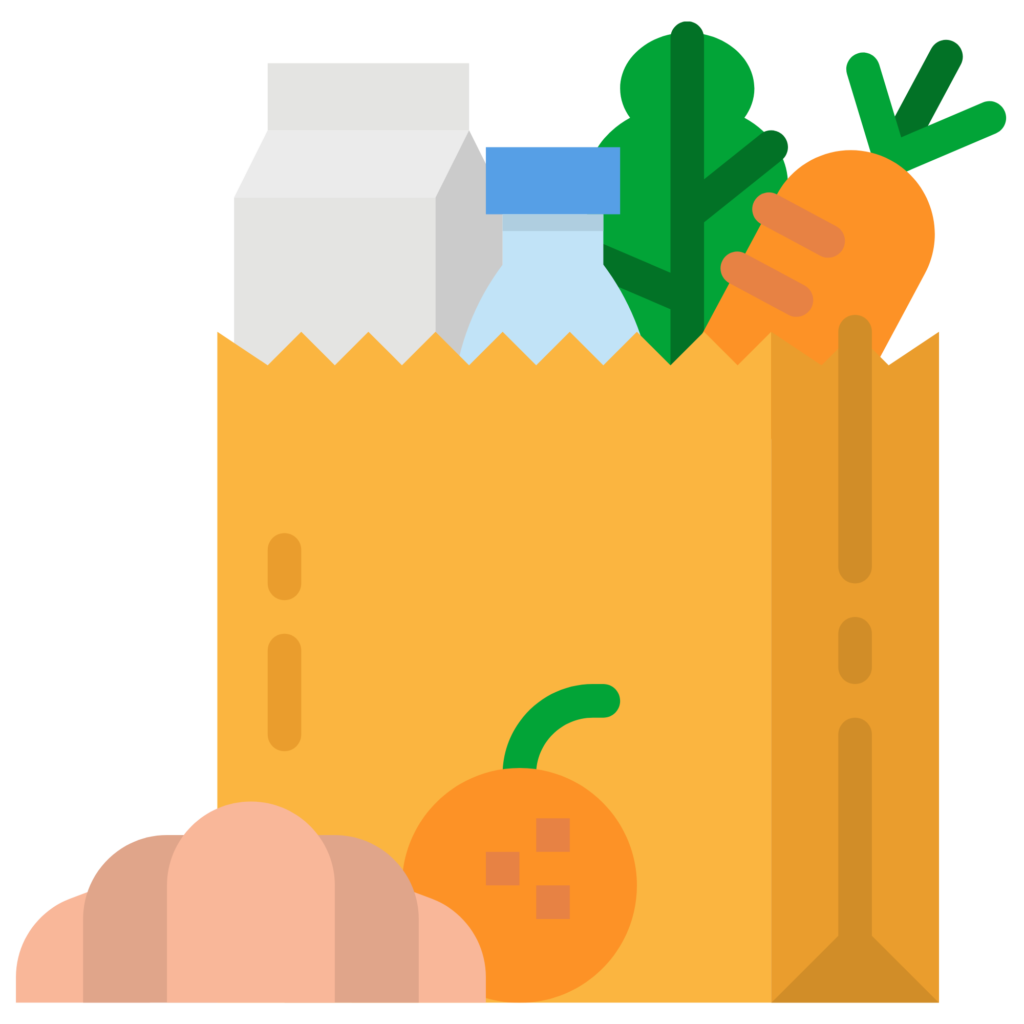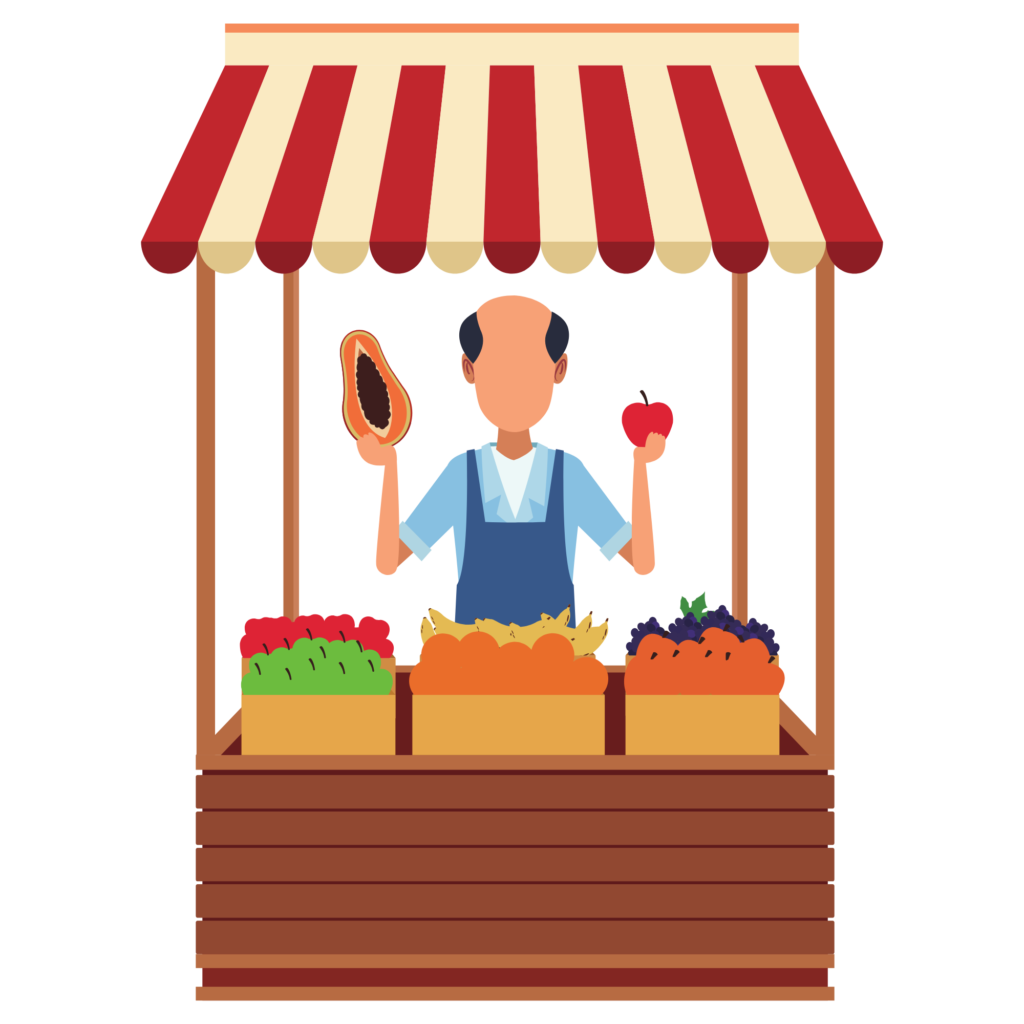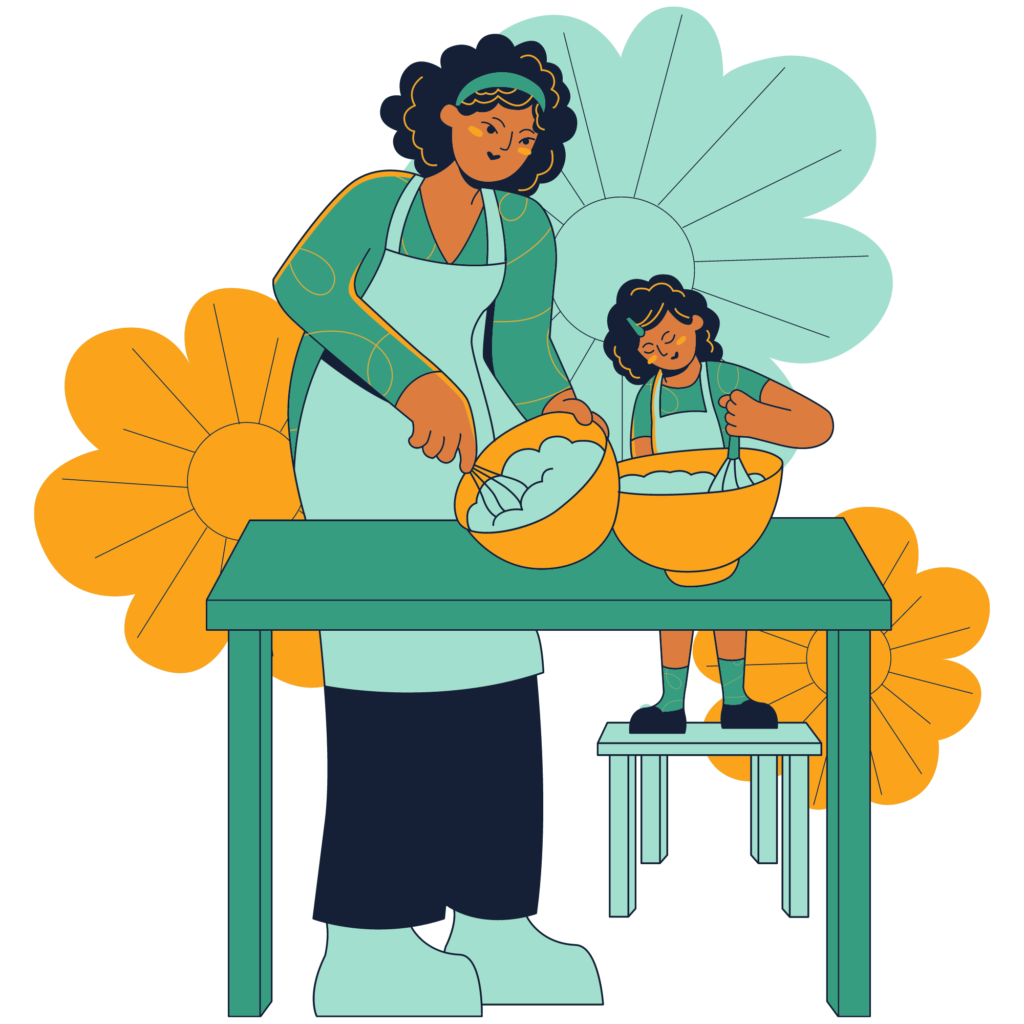
NOW MORE THAN EVER
As food systems and classroom curriculum adapt to our new world, the Farm to School movement is now more relevant and important than ever. Farm to School’s three core elements — local food procurement, food and nutrition education, and edible gardens — can aid the transition to a safe and just school environment that benefits students, educators, farmers, and communities.
Join the movement!
Local Food Procurement
Food and Nutrition Education
Edible Gardens



Local foods are purchased, promoted and served in the cafeteria, or as a snack, or taste-test.
You don’t have to source 100% locally to take part in Farm to School. Start small, be flexible, and work your way to your goal. We are always here to help you shape the Farm to School program you envision.
Utilizing the micro purchase process* is a fantastic way to get your feet wet and try on local food purchasing. Need help? Contact us.
*Micro Purchases are a part of the National School Lunch Program food purchasing process.
Kids of all ages participate in education activities related to agriculture, food, health or nutrition
This can mean anything from learning about how food grows, to planting a garden, or visiting a local farm.
Education comes in many forms. Deciding what works best at your site, or in your program can be accomplished by determining your strengths and weaknesses and connecting your program to other resources onsite and in your community.
Students engage in hands-on learning through gardening.
Starting a school garden may seem daunting, but start small and work towards your goal! Check out success stories from schools and their gardens.
Gardens come in all shapes and sizes! From garden plots at school, or in your community to growing herbs on a windowsill at home learning how food grows and experiencing the taste of what you’ve grown is a game changer for kids.
Listen and Learn! Introducing the Now More Than Ever Podcasts
Are you looking for ideas and inspiration for your farm to school program? Would you like to learn more about farm to school? Check out our podcast series Now More Than Ever; Illinois Farm to School Stories on Anchor, by Spotify. Our host, Annie Dysart talks with four leaders in farm to school about how they built their programs and navigate local purchasing. Featured interviews include the manager of the Great Lakes Great Apple Crunch, a school food service success story at Wheeling CCSD21, CIP, a Central Illinois distributor growing and selling local foods, and a child boarding facility turned garden program extraordinaire in Mooseheart, Illinois!

20X LESS RISK OUTDOORS
In response to the pandemic, schools are using outdoor classes as an alternative to traditional class settings. Incorporating hands-on gardening education into the curriculum, whether in school or at home, can reduce the transmission and acquisition of the virus for students, teachers, and staff.
- For more information about getting started with gardening on-site, visit our School Garden Resources page.
- Check out the resources from Nature Lab for school gardens Resources for Building a School Garden.
- Want to share activities on growing fresh herbs which can be easily duplicated at home? Check out the Boulder Locavore’s DYI Milk Carton Herb Garden. Need curriculum? Download the Vermont Harvest of the Month HERBS Lessons.
- Be sure to check out our Fresh from the Farm curriculum, chock-full of engaging lesson plans for first to eighth grade, that pairs with hands-on gardening.

FOOD FOR THOSE WHO NEED IT
The National Farm to School Network has a vision of a racially just food system for all, and we work to achieve that vision through farm to school – the ways kids eat, grow, and learn about food in schools and early care and education settings. Two years ago, we embarked on a systems mapping process to sketch out the next chapter of farm to school’s evolution. After receiving input from our network of partners and members, one thing was very clear: Inequities based on race persist, and we will not achieve a racially just food system if we do not dismantle these inequities.
- To read more about the National Farm to School Call to Action click here.
- To join our National Call to Action click here.

SCHOOLS LEAD IN RETHINKING FOOD SUPPLY CHAIN
The pandemic has highlighted the glaring inadequacies of the American food supply chain. As one of the largest buyers of food, schools can lead in transforming our food system. In 2019, nearly 100,000 schools/institutions served school lunches to 29.6 million students each day, including: 20.1 million free lunches. Schools served over 4.8 billion lunches to children nationwide.
The Rethinking School Lunch Guide published by the Center for Ecoliteracy is a planning framework for improving school food, supporting sustainable food systems, and teaching and integrating curriculum around food issues.
- Need help getting started sourcing local food? Visit our Local Food Procurement page and reach out to us for assistance at .
- You can join Illinois Harvest of the Month, a flexible, free program that celebrates local, seasonal food each month. K-12 schools, boarding facilities, early care, garden programs, and organizational partners can mold Harvest of the Month to fit their programs! Check out the program page. Next, email our program manager requesting as password to the program website.

SCHOOLS CONTINUE TO SERVE LOCAL FOOD
Nearly ¼ of schools supported local agriculture and serving local foods in their emergency feeding programs. While disruptions in global supply chains may temporarily reduce food availability and increase costs, local food chains can be more reliable and consistent.
- Schools can celebrate local foods in many ways from serving up seasonal items on cafeteria menus to garden produce taste tests. Making connections to like-minded organizations, public libraries, a local chef or local food celebrity, and of course, area farms will provide integrated food education throughout your community.
- Participating in the annual Great Apple Crunch which takes place the second Thursday in October is an easy way to start! Schools, daycare, garden and community programs and families at home can all participate in this fun and educational event. Watch for registration details in August.

INVEST IN COMMUNITIES
According to the 2018/19 USDA Farm to School Census, schools spent nearly $800 million annually on local food purchases. Every dollar invested in farm to school efforts stimulates an additional $0.60-$2.16 of local economic activity.
- Farmers and producers looking to join the Farm to School movement can find resources in our toolkit designed to help farmers and producers connect to educational sites.

FAMILIES CREATE CHANGE
At the individual level, the concern of going to the grocery store and disruptions in the food chain has led families to start their own gardens and shop at local farmer’s markets. Growing food and understanding how to increase food sustainability at home has motivated families to make a change.
- Did you know Illinois is a Right to Garden state? In 2021 Illinois signed into law the Illinois Vegetable Garden Protection Act (HB 633). Introduced by Rep. Sonya Harper, the Act protects the right to grow vegetables, as well as “herbs, fruits, flowers, pollinator plants, leafy greens, or other edible plants.”
- Growing food at home can be accomplished in many different ways. FoodPrint has a guide to growing your own food and reducing your foodprint while building self-sustainability. Your Illinois Extension County office provides education, webinars and tips to grow food indoors, and out. The Master Gardener program connects master gardeners to county residents across Illinois.
- If you are in the Chicagoland area you can connect to organizations working to grow food for every community at The Gardenworks Project in the Western suburbs and in Chicago proper, Neighbor Space
- Understand the process of putting up, or preserving the foods you grow at home with the Illinois Extension Food Preservation Hub and the National Center for Home Food Preservation Hub.
- For those who want discover how to make connections between gardens, local food, and healthy eating education within your community be sure to check out our upcoming Harvest at Home Connect resources.
Want to join the #NowMoreThanEver Movement?
Access our Google Drive and post about #NowMoreThanEver with graphics and texts from the social media and the NOW MORE THAN EVER TOOLKIT.
Help us spread the word!
